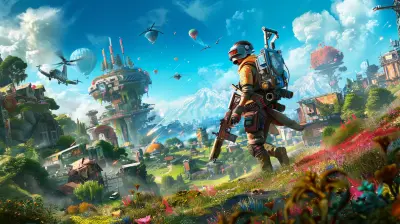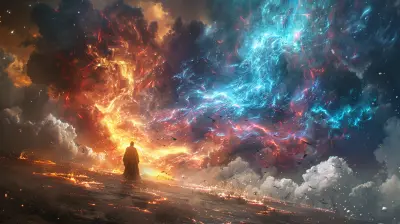FPS Games That Set the Stage for Modern Shooters
15 July 2025
First-person shooters (FPS) have been a cornerstone in the gaming universe for decades now. Whether you're ducking behind cover, pulling off perfect headshots, or sprinting through explosive set-pieces, there's something about viewing the world through your character's eyes that hits differently. But have you ever wondered how the FPS genre got to where it is today? Before battle royale showdowns and photo-realistic gunplay, there were pioneers—games that laid the foundation for the modern shooter experience we now take for granted.
Let's take a trip down memory lane and revisit the FPS games that didn't just entertain us but actually shaped the genre's DNA. Grab your energy drink, put on your gaming headset, and let’s dive in!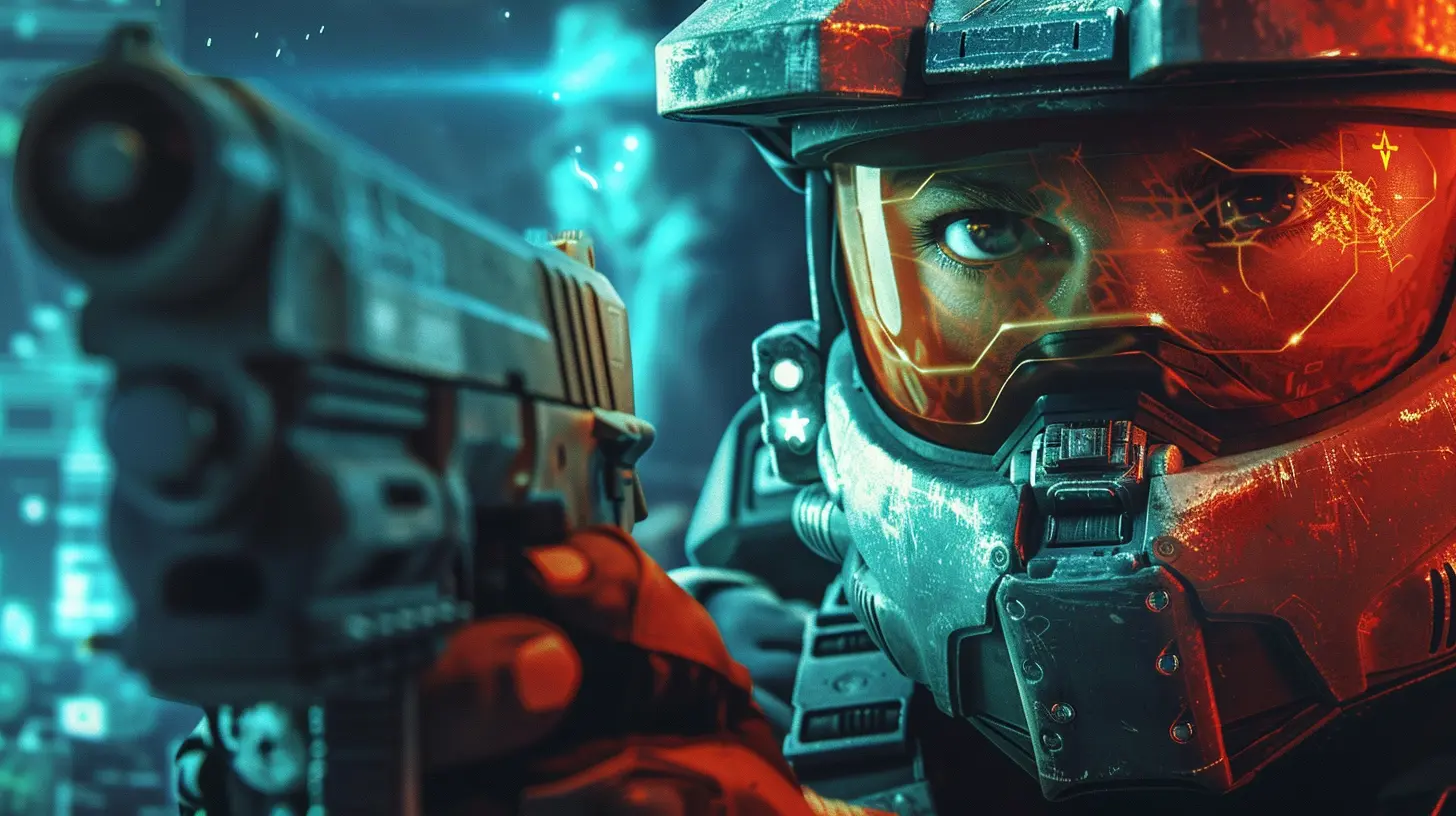
The Birth of First-Person Shooters: How It All Started
"Wolfenstein 3D" (1992) – The Grandfather of FPS
You can't talk about FPS history without bringing up Wolfenstein 3D. Developed by id Software, this game is often credited with kickstarting the entire genre. The graphics were revolutionary for their time—pixelated, sure, but fast, smooth, and immersive.It threw players into the boots of an Allied spy, BJ Blazkowicz, as he blasted his way through Nazi fortresses. The gameplay was straightforward: shoot enemies, grab keycards, and loot treasure. But the game’s impact? Monumental.
Why? Because it introduced the concept of fast-paced, corridor-style shooting from the first-person perspective—a formula countless games would later refine.
"DOOM" (1993) – Turning the Dial Up to Eleven
Ah yes, DOOM. If Wolfenstein lit the match, DOOM was the flamethrower. Also developed by id Software, this game cemented FPS as a genre to watch. It wasn’t just about shooting demons (although that was a big part of the fun). It was about the atmosphere, the speed, and most importantly—the modding community it spawned.DOOM wasn't just a game; it was a platform. Players could create their own levels, modify weapons, and reshuffle enemy placements. You could say it was the Minecraft of its era for FPS fans.
Even today, DOOM’s DNA is visible in many modern shooters: fast movement, aggressive combat, and over-the-top weapons. Oh, and let’s not forget the legendary soundtrack that still gets heads banging.
"Quake" (1996) – Welcome to the 3D Revolution
When Quake dropped, the gaming world took another evolutionary leap. For the first time, players got to experience a fully 3D environment—not just 2D sprites that faked 3D.Besides the tech wizardry, Quake introduced online multiplayer like never before. Forget split-screen. This was the Internet era, and Quake was at its frontline offering deathmatches that became the blueprint for multiplayer shooters for years to come.
Plus, that raw, industrial soundtrack by Trent Reznor? Chef’s kiss.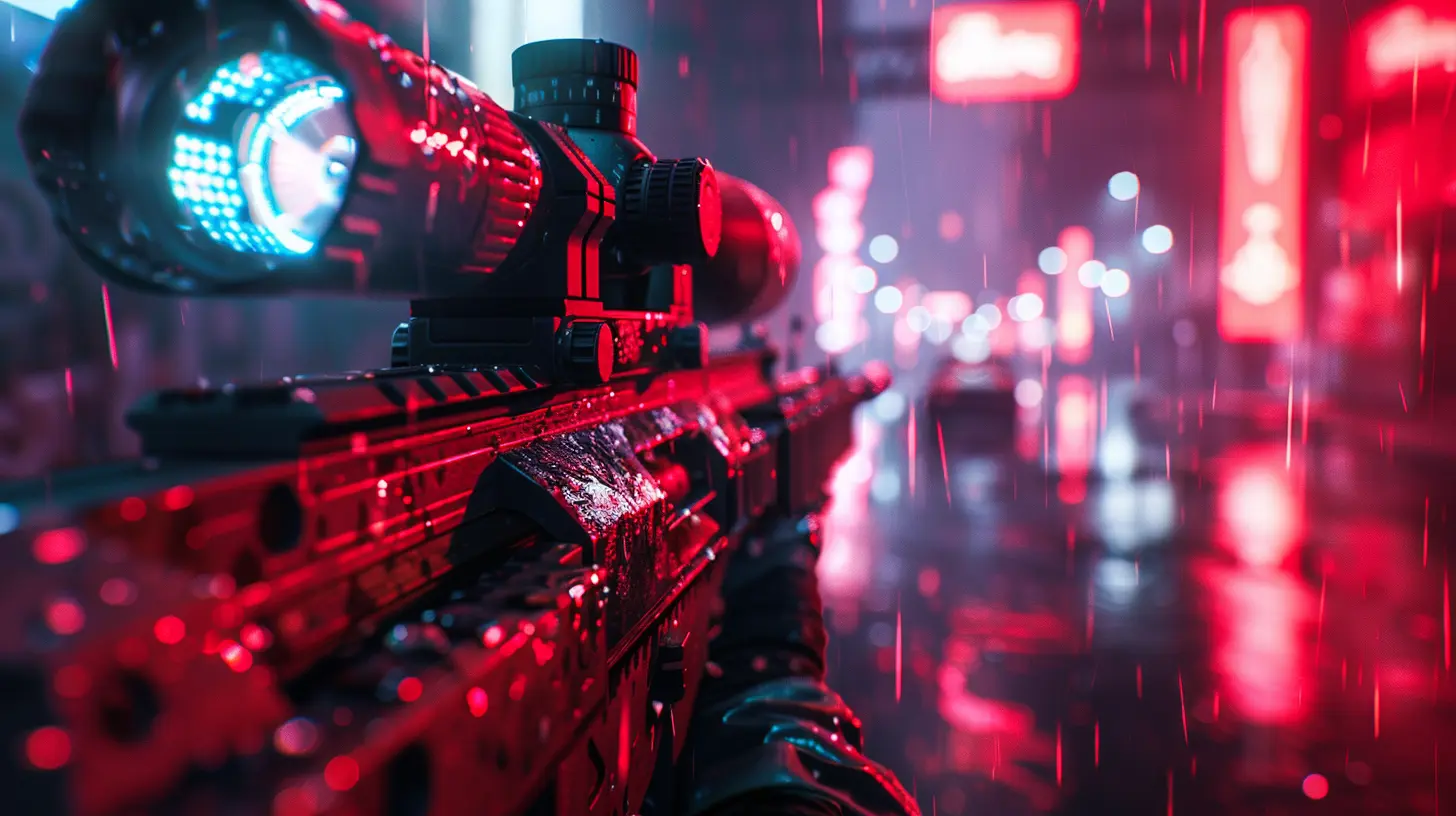
The Rise of Tactical Shooters
"Tom Clancy’s Rainbow Six" (1998) – Patience Is a Weapon
Jumping into Rainbow Six after playing DOOM or Quake felt like hitting the brakes on a racing game. But that was the point. This was a thinking person’s shooter.Instead of dashing in guns blazing, Rainbow Six rewarded caution, strategy, and teamwork. Planning out your mission, choosing your squad, and breaching rooms with precision—this was chess with bullets.
Its emphasis on realism and tactical gameplay paved the way for franchises like Counter-Strike, Arma, and even Escape from Tarkov. If you've ever leaned around a corner or waited for your teammate to cover your six, thank Rainbow Six.
"Counter-Strike" (1999) – The Culture-Shaper
What started as a Half-Life mod quickly turned into one of the most influential FPS games ever. Counter-Strike was gritty, balanced, and ruthlessly competitive.There were no power-ups or respawn points—just clean, round-based firefights where skill, teamwork, and map knowledge defined victory.
This game birthed a competitive scene long before esports became a buzzword. It also introduced terms like “eco round” and “AWP” into gamers’ everyday vocabulary.
Is it any wonder that its latest iteration, CS:GO, still commands a massive player base decades later?
The Console Revolution
"Halo: Combat Evolved" (2001) – Bringing FPS to the Living Room
When Halo launched with the original Xbox, it was a revelation. Console FPS games had always felt... clunky. But Halo changed that. Dual-thumbstick controls, regenerating shields, and a seamless blend of on-foot and vehicle combat created an experience like no other.And let’s not forget the story. Master Chief and Cortana offered more than just shooty-shooty bang-bang—they gave us lore, mystery, and a cinematic campaign that rivaled Hollywood.
Halo also made split-screen and LAN parties a cultural phenomenon. If you’ve ever spent all night battling it out in Blood Gulch, you know just how game-changing that was.
"Call of Duty 4: Modern Warfare" (2007) – The FPS That Changed Everything
Before Modern Warfare, Call of Duty was a solid shooter franchise known for its World War II settings. But this entry flipped the script.Set in modern times, it featured a gripping, movie-like campaign and a multiplayer system that introduced killstreaks, perks, and leveling up—elements now seen in nearly every FPS.
Modern Warfare was more than a hit; it was a movement. It redefined what a shooter could be on consoles and set the bar for online multiplayer experiences.
The ripple effects? You can see them in everything from Battlefield to Apex Legends.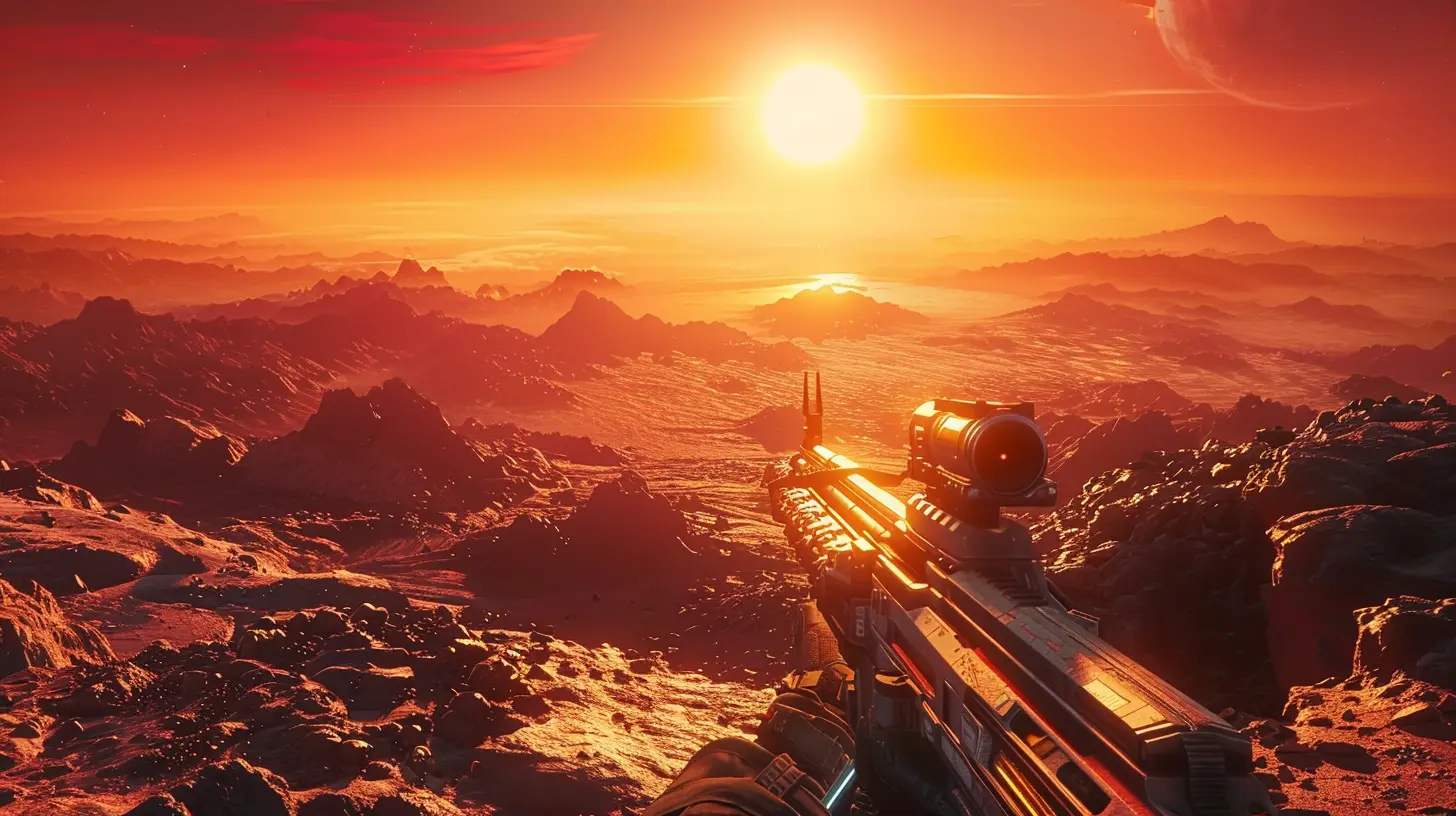
Evolution Through Innovation
"Bioshock" (2007) – The Story-Driven Shooter
Imagine being tossed into an underwater dystopia, where every corner screams mystery and moral dilemmas lurk in every decision. That’s Bioshock in a nutshell.More than just a shooter, this game was a narrative epic with gameplay to match. It fused RPG elements, environmental storytelling, and philosophical themes in a way few FPS games had dared before.
When you ask people what game made them care about story in shooters, many will point to Bioshock—and for good reason.
"Half-Life" Series – The Benchmark of Innovation
Few games are as revered as the Half-Life series. The original (1998) and its sequel (2004) both pushed boundaries with storytelling, physics, and immersion.No cutscenes. No handholding. Just you and the world unraveling in real time.
Half-Life 2’s Gravity Gun introduced a level of interaction and creativity that inspired countless others. You felt clever just by solving puzzles or repurposing objects in combat. Plus, the modding community surrounding it gave birth to... well, Counter-Strike, Garry’s Mod, and a whole bunch of other gems.
Valve didn't just make games. They created ecosystems.
FPS Games That Laid the Foundation for Modern Trends
"Battlefield 1942" (2002) – Warfare on a Grand Scale
Before Battlefield, most shooters were about tight maps and small-scale skirmishes. Battlefield 1942 said, “Why not fight across land, air, and sea?”The scale was jaw-dropping. You could hop in a tank, fly a plane, or storm a beach with dozens of teammates. It offered the kind of sandbox warfare that felt like a Michael Bay movie in gaming form.
Modern shooters like Battlefield V and Warzone owe a lot to this chaotic, beautiful battlefield experience.
"Team Fortress 2" (2007) – The Origin of Hero Shooters
Before Overwatch, Valorant, or Apex, there was Team Fortress 2.This colorful, class-based shooter was one of the first to emphasize teamwork through varied character roles. Each class had strengths, weaknesses, and personality—something that made matches feel more like chess matches than pure trigger-fests.
Plus, its cartoonish style and regular updates kept the fun rolling for years. It showed us that FPS games didn’t have to be gritty or realistic to be good—they just had to be fun.
Honorable Mentions: Games That Pushed the Genre Forward
- Far Cry (2004): Gave us open-world shooting before it was mainstream.- Crysis (2007): The game that made people ask, “But can it run Crysis?”
- Portal (2007): Not a shooter in the traditional sense, but a masterclass in first-person puzzle design.
- Destiny (2014): Brought MMO elements into FPS gameplay.
- Titanfall 2 (2016): Wall-running, giant mechs, and some of the smoothest movement in any shooter ever.
Final Respawn: Where Are We Now?
All the games we’ve covered didn’t just entertain; they innovated. They kicked down doors, rewired conventions, and handed the next generation of developers a loaded toolkit of ideas.Today’s FPS landscape is diverse and ever-changing. We've got free-to-play juggernauts (Warzone, Apex Legends), tactical masterpieces (Valorant, CS2), and narrative-driven epics (Metro Exodus, Call of Duty: Modern Warfare II). Each owes a debt to the games that came before.
So, the next time you pull off a clean headshot or coordinate a perfect squad attack, take a moment to appreciate the pixelated ancestors that made it all possible.
And who knows? The next revolutionary FPS might already be on the horizon. Stay frosty, soldier.
all images in this post were generated using AI tools
Category:
Retro GamesAuthor:

Brianna Reyes
Discussion
rate this article
1 comments
Tamsin Jackson
This article effectively highlights the seminal FPS titles that reshaped the genre, emphasizing their innovative mechanics and narrative depth. It draws connections to modern shooters, illustrating how foundational gameplay elements and design philosophies continue to influence contemporary development and player expectations in this dynamic landscape.
July 31, 2025 at 2:37 AM

Brianna Reyes
Thank you for your insightful comment! I'm glad you found the connections between classic FPS titles and modern shooters compelling. Their influence truly is profound in shaping today's gaming landscape.

